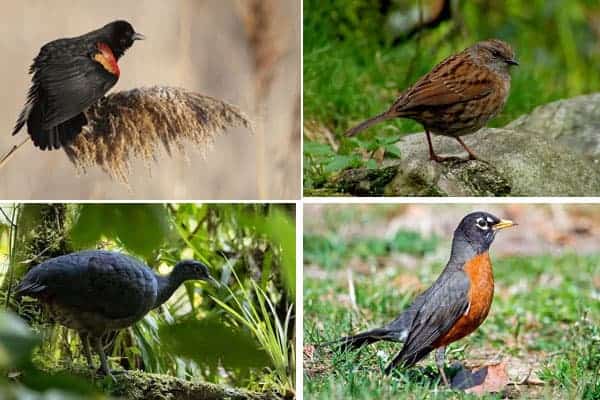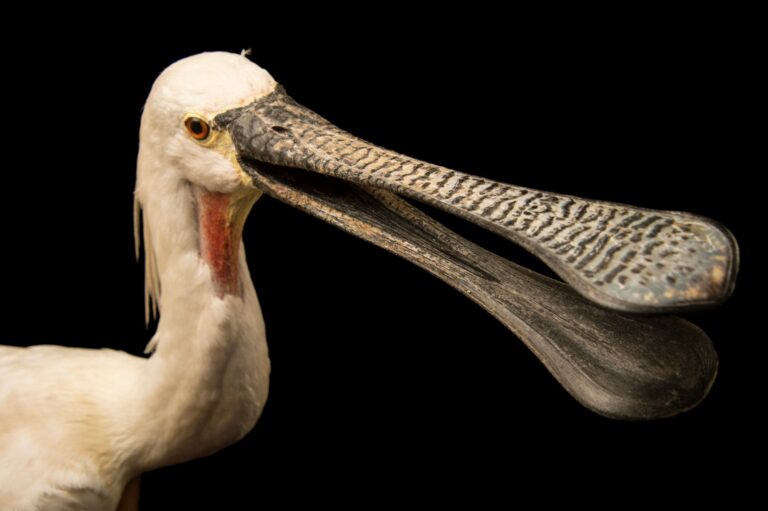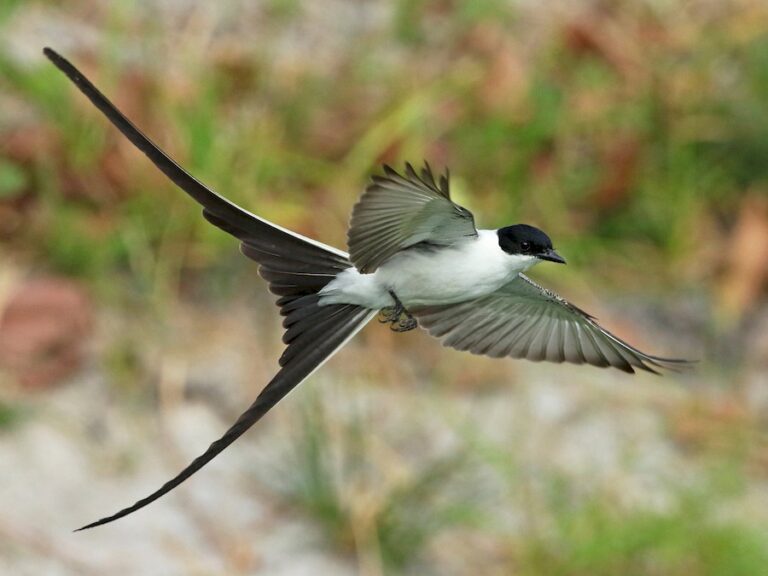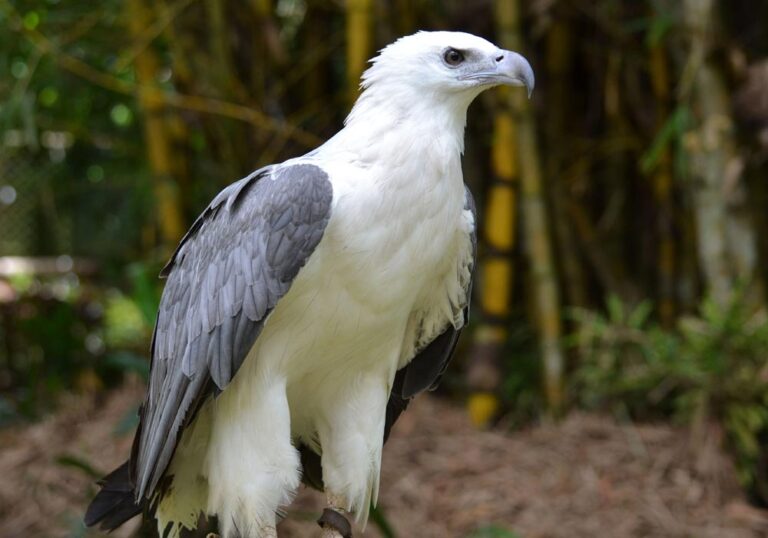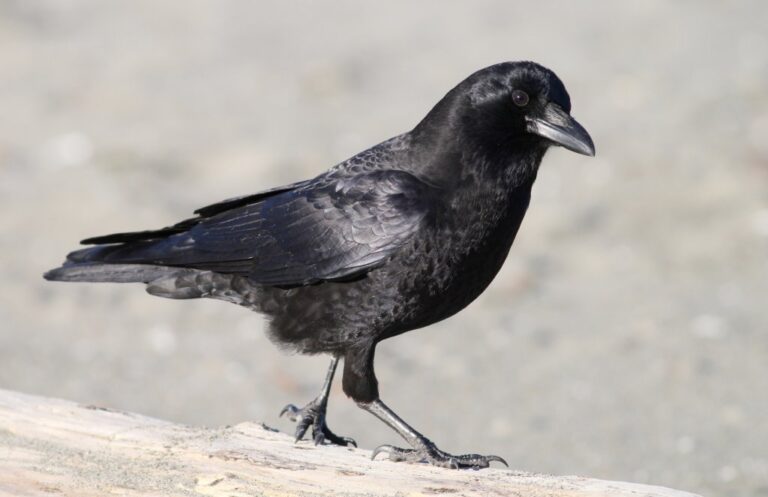Mandarin Duck: Vibrant Beauty of Wetlands
When it comes to beauty in nature, few creatures rival the resplendent Mandarin Duck. With its vibrant plumage and enchanting presence, this remarkable bird has captured the hearts of nature lovers across the globe. But have you ever wondered why these ducks are so revered? What is it about their dazzling colors and graceful demeanor that makes them truly stand out? Join me as we delve into the captivating world of the Mandarin Duck and discover the secrets behind their vibrant beauty in our wetlands.
Key Takeaways:
- The Mandarin Duck is known for its vibrant plumage and captivating presence in wetlands.
- Exploring the different colors of Mandarin Ducks, including the stunning white variant.
- The importance of preserving wetlands in urban settings for the survival of Mandarin Ducks.
- Following the journey of Mandarin Duck eggs, from nesting to hatching.
- Recognizing the significance of Mandarin Ducks as a symbol of nature’s vitality and the need for habitat conservation.
The Allure of Mandarin Ducks
In the enchanting world of wetlands, one creature stands out with its captivating presence – the Mandarin Duck. These ducks are known for their vibrant plumage and unique attraction, making them a sight to behold in their natural habitats.
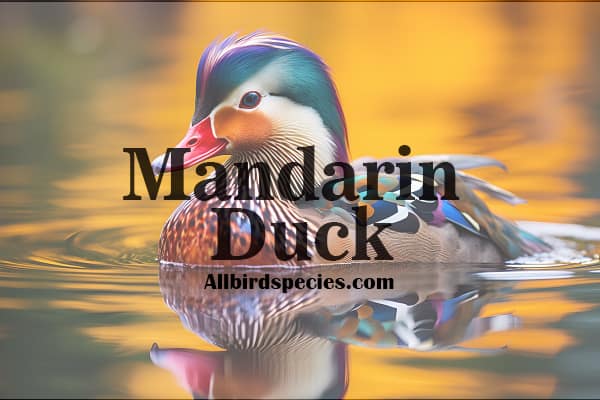
The Mandarin Duck is renowned for its stunning appearance, with feathers that display a vibrant array of colors. The males, in particular, are adorned with a combination of orange, purple, green, and blue, creating a mesmerizing spectacle.
“The Mandarin Duck’s plumage is truly breathtaking, drawing attention from both bird enthusiasts and casual observers alike. Its striking colors make it a true symbol of natural beauty.” – Expert ornithologist, Jane Adams.
Not only do Mandarin Ducks add a vibrant splash of color to wetlands, but their presence also brings a unique energy to the surroundings. Their graceful movements and serene demeanor contribute to the allure of wetlands, creating a tranquil and enchanting atmosphere.
Whether they are gliding effortlessly across calm waters or dabbling for food along the marshy edges, Mandarin Ducks exude an air of elegance that captivates onlookers. It’s no wonder these ducks have become a symbolic representation of nature’s splendor.
Fascinating Facts about Mandarin Ducks:
- The Mandarin Duck is native to East Asia, particularly China and Japan.
- These ducks prefer wooded habitats near water, such as lakes, ponds, and rivers.
- Male Mandarin Ducks molt after breeding season, temporarily losing their vibrant plumage.
- Mandarin Ducks pair for life and often return to the same nesting sites each year.
A Comparison of Mandarin Ducks
| Species | Male Plumage | Female Plumage |
|---|---|---|
| Mandarin Duck | Vibrant, colorful feathers | Muted brown with white eye stripe |
| White Mandarin Duck | White feathers with orange bill and legs | White feathers with orange bill and legs |
As we continue to explore the world of Mandarin Ducks, we will unveil the different colors and characteristics of these fascinating avian delights. Join us as we delve into the mysterious allure of these magnificent birds and discover the wonders they bring to our wetlands.
Related Yellowhammer Guide: Habitat, Diet, and Calls
Exploring the Different Colors
When it comes to Mandarin Ducks, their exquisite beauty extends beyond just one color. Let’s take a closer look at the different colors that make these ducks so captivating and unique.
The White Mandarin Duck
One of the most striking variations of the Mandarin Duck is the white morph. Standing out amidst the lush greenery of wetlands, the white Mandarin Duck is a vision of pure elegance. Its pristine white plumage is a rare sight, offering a captivating contrast to the vibrant colors of its surroundings.
While the white coloration may seem unexpected for a duck, it adds an enchanting element to the already mesmerizing world of Mandarin Ducks. It serves as a reminder of nature’s ability to surprise us with its diversity and creativity.
The Distinctive Plumage of Male and Female Mandarin Ducks
Beyond the white morph, we also see distinct color differences between male and female Mandarin Ducks. The males exhibit a breathtaking array of colors, with their signature combination of vibrant orange, deep red, and shimmering green. These colors create a vivid tapestry of hues that is nothing short of awe-inspiring.
In contrast, female Mandarin Ducks boast a more subtle yet equally captivating palette. Their plumage is characterized by shades of mottled brown and gray, providing them with excellent camouflage for nesting and protecting their young.
This contrast in colors between the sexes not only makes for a visually spectacular display but also plays a crucial role in the courtship and mating rituals of these remarkable ducks.
Male Mandarin Ducks use their extravagant plumage to attract potential mates, showcasing their vibrant colors in breathtaking displays. Meanwhile, the subdued tones of the females allow them to blend seamlessly into their surroundings, ensuring the safety and survival of their offspring.
It is this unique combination of colors that contributes to the charm and allure of the Mandarin Duck species. Whether it’s the enchanting white morph or the vibrant plumage of the males and the subtle elegance of the females, these ducks never fail to captivate our attention and remind us of the incredible diversity found in nature.
Also Read What Do Owls Mean in Dreams?
Mandarin Ducks in Urban Settings
In urban settings, the presence of Mandarin Ducks brings a touch of natural beauty to the bustling cityscape. These magnificent creatures, known for their vibrant plumage and captivating presence, have found a unique home amidst the urban environment. One notable example is the famous Mandarin Duck in Milwaukee, which has captured the hearts of locals and visitors alike.
It is crucial to recognize the importance of preserving wetlands in urban areas to provide a habitat for these stunning ducks. Wetlands serve as vital ecosystems, supporting a diverse range of plant and animal species. By safeguarding wetlands in urban settings, we not only protect the natural beauty of these environments but also ensure the survival of species, like the Mandarin Duck, that rely on wetlands for their survival.
The Mandarin Duck Milwaukee, with its vibrant colors and graceful presence, serves as a reminder that nature can thrive even in the midst of concrete jungles. Its existence in an urban setting highlights the need for conservation efforts and the harmonious coexistence of humans and wildlife.
I believe that the presence of Mandarin Ducks in urban settings serves as a testament to the resilience and adaptability of these beautiful creatures. It is up to us to create spaces that allow them to flourish and continue enchanting us with their vibrant beauty.
By embracing the conservation of wetlands within urban settings, we can ensure the long-term survival of species like the Mandarin Duck, preserving their enchanting presence for generations to come.
The Importance of Urban Wetlands
Urban wetlands play a vital role in mitigating the effects of urbanization, providing numerous environmental benefits. They act as natural filters, improving water quality by trapping and removing pollutants. Wetlands also serve as flood control mechanisms, absorbing excess rainwater and reducing the risk of urban flooding.
Additionally, urban wetlands offer recreational opportunities and serve as havens for biodiversity within the city limits. They provide essential habitats for a wide range of species, including migratory birds, amphibians, and aquatic plants. Wetlands create green spaces, offering residents a chance to connect with nature and find solace in the midst of urban living.
| Benefits of Urban Wetlands |
|---|
| 1. Water filtration and pollution control |
| 2. Flood control |
| 3. Habitat for diverse species |
| 4. Recreational opportunities |
| 5. Improved air quality |
Preserving and restoring urban wetlands not only enhances the overall quality of life in cities but also contributes to a sustainable and resilient future. By valuing and protecting these natural spaces, we can create a harmonious coexistence between urban development and the preservation of biodiversity.
Must VIist Hummingbirds in Maryland
The Journey of Mandarin Duck Eggs
As we continue our exploration of the captivating Mandarin Ducks, let us now follow the remarkable journey of their delicate eggs. Nesting habits, incubation period, and the challenges faced by these fragile eggs will unfold before us.
Nesting Habits
Mandarin Ducks are meticulous in selecting the perfect nesting location for their eggs. Females search for tree cavities near water bodies, creating a safe haven for their upcoming brood. These natural tree hollows, often lined with soft down feathers, provide warmth and protection.
Once the nest is complete, the female Mandarin Duck lays her eggs, usually around 8 to 12 in number. Each egg is carefully deposited, ensuring a snug fit within the cozy confines of the nest.
Incubation Period
After the female has completed her job of laying the eggs, it’s the male duck’s turn to play his vital role. He takes charge of incubating the eggs, diligently maintaining the ideal temperature and humidity levels required for proper development.
During this period, which typically lasts for about 30 days, the male duck remains devoted to his duty. He patiently rotates the eggs within the nest, ensuring uniform heat distribution and reducing the risk of embryonic malformation.
Challenges Faced by the Eggs
While Mandarin Duck eggs are on their exciting journey to hatch, they face various challenges in their environment. Natural predators, including raccoons, snakes, and other birds, seek out these precious eggs as a source of nourishment.
Despite the odds stacked against them, Mandarin Duck eggs have developed ingenious ways to evade danger. Their cryptic coloration blends seamlessly with the surroundings, making them less visible to potential predators.
Once the eggs successfully hatch, the fluffy ducklings take their first steps into the world, ready to embark on their own adventures in the wetlands.
| Aspect | Details |
|---|---|
| Number of Eggs per Nest | Around 8 to 12 eggs |
| Incubation Period | About 30 days |
| Main Predators | Raccoons, snakes, and other birds |
| Egg Camouflage | Cryptic coloration blends with surroundings |
Frequently Asked Questions
Q1: How rare is a mandarin duck?
Mandarin ducks are considered rare, especially outside their native habitats in East Asia. However, they have been introduced to various regions worldwide.
Q2: Why is the mandarin duck special?
Mandarin ducks are prized for their stunningly vibrant plumage, which includes a combination of intricate patterns and bold colors. They are also known for their graceful appearance and elusive nature.
Q3: Why is the Mandarin duck lucky?
In some cultures, mandarin ducks are believed to symbolize love, fidelity, and prosperity. Thus, spotting or encountering one is often considered a sign of good luck or a positive omen.
Q4: Are mandarin ducks rare in the UK?
Yes, mandarin ducks are relatively rare in the UK, where they are mainly found in captivity or in certain wild habitats. Their presence adds to the biodiversity of local ecosystems.
Q5: Do people eat mandarin duck?
While mandarin ducks were historically consumed in some regions, they are now primarily appreciated for their ornamental value. Eating mandarin duck is uncommon due to their protected status and cultural significance.
Q6: What is the rarest duck in the world?
The Madagascar pochard (Aythya innotata) holds the title of the rarest duck in the world, with a critically endangered status and a population estimated in the low hundreds. Conservation efforts are underway to protect this species from extinction.

